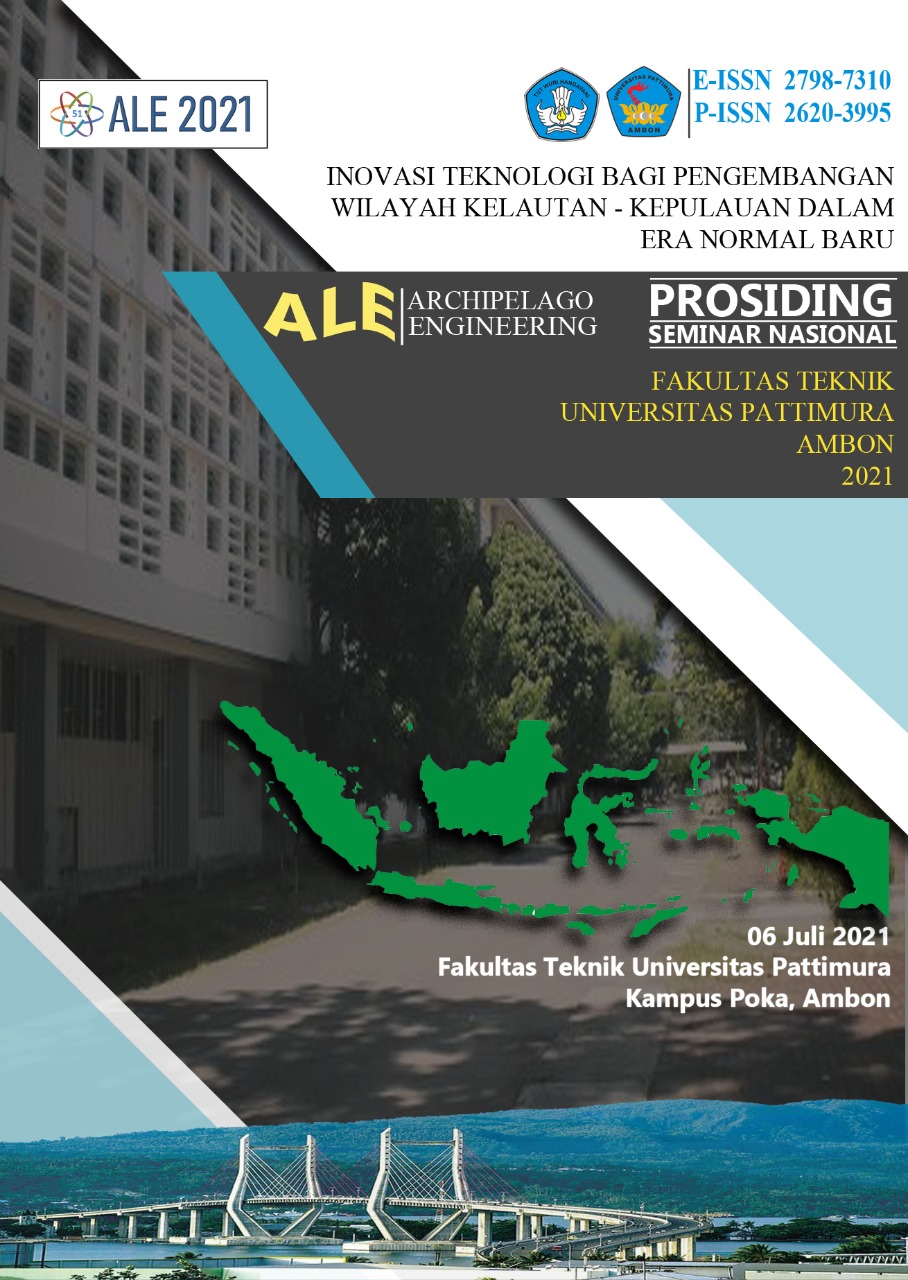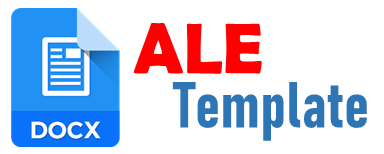THE RESISTANCE ASPECT OF FISHING BOAT SKIPJACK POLE AND LINE
Abstract
The operation of fishing vessels skipjack pole and line contributes in catching tuna and skipjack fishes particularly in Indonesian waters. A previous study conducted by the authors found that there was no suitable method provided for the resistance computation atearly ship design phase. Besides, there was aninitial trim existed on the vessel during the operation which contributes for the resistance. The purpose of the study is to find the difference of resistance between the model test and the existing methods. The study was executed also to find the effect of initial trim of the vessel. The study began with collecting the database of a parent ship then to develop and transform into a model-scale for testing purpose in the towing tank. The results of model test were converted to the full-scale vessel. The resistance of full-scale vessel was computed based on the Holtrop and Guldhammer methods. The result of full-of resistance obtained from the model test and the methods were collected, evaluated and compared. The results showed the difference of the resistance for all methods. The result of model test is greater 21 % than that of Holtrop method at the service speed of 10 knots. Meanwhile, the result of model test is lower 14 % than that of Gulhammer method at the same speed. In addition, at the speed of 10 knots the initial trim of 0.5O increase 5 % ofthe resistance, the initial trim of 1O increase 10 % of resistance and the initial trim of 2O increase 16 % of resistance compared to the vesselwithout initial trim. In conclusion, the existing resistance methods are not suitable to be applied for skipjack pole and line fishing vessels. In addition, the initial trim contributes to increase the resistance and should be avoided during the vessel operation.
Downloads
References
[2]. Cough, R.B., et. al., (1984), The Use of Model Basins in The Design of Ships and Marine Structures, SNAME Proceedings – Ninth Ship Technology and Research (STAR) Symposium.
[3]. Moor, D. I. and Silverleaf, A., (1960), A Procedure for Resistance and Propulsion Experiments with Ships, Proceeding of the Symposium on the Towing Tank Facilities Instrumentation and Measuring Techniques, Paper No. 19, Yugoslav Ship Hydrodynamics Institute Publication, Zagreb
[4]. Newman, J. N., (1977), Marine Hydrodynamics, The MIT Press, Cambridge, Massachusetts.
[5]. Harvald, Sv. Aa, (1983), Resistance and Propulsion of Ships, John Wiley & Sons Publication, Denmark.
[6]. Rawson, K. J., and Tupper, E. C., (1984), Basic Ship Theory, Vol. 2, 3rd Edition, Longman Group Ltd., London.
[7]. Clayton, B. R. and Bishop, R. E. D., (1982), Mechanics of Marine Vehicles, J.W. Arrowsmith Ltd, Great Britain.
[8]. Holtrop, J., 1989, “ A Statistical Re-Analysis of Resistance and Propulsion Dataâ€, Delft University of Technology, Delft
[9]. Molland, A. F., Turnock, S. R., and Hudson, D. A., ‘Ship Resistance and Propulsion – Practical Estimation of Ship Propulsive Power’, Cambridge University Press, 32 Avenue of the Americas, New York, USA, 2011.
[10]. Guldhammer, H. E. and Harvald, Sv. Aa., 1974, Ship Resistance, Akademsik Forlag, Copenhagen.
Copyright (c) 2021 Wolter R Hetharia, Eliza R de Fretes, Reico H Siahainenia

This work is licensed under a Creative Commons Attribution-ShareAlike 4.0 International License.
An author who publishes in the ALE Proceeding agrees to the following terms:
- Author retains the copyright and grants ALE Proceeding the right of first publication of the work simultaneously licensed under the Creative Commons Attribution-ShareAlike 4.0 License that allows others to share the work with an acknowledgment of the work's authorship and initial publication in this journal.
- Author is able to enter into separate, additional contractual arrangements for the non-exclusive distribution of the journal's published version of the work (e.g., post it to an institutional repository or publish it in a book) with the acknowledgment of its initial publication in this journal.
- Author is permitted and encouraged to post his/her work online (e.g., in institutional repositories or on their website) prior to and during the submission process, as it can lead to productive exchanges, as well as earlier and greater citation of the published work (See The Effect of Open Access).
Read more about the Creative Commons Attribution-ShareAlike 4.0 Licence here: https://creativecommons.org/licenses/by-sa/4.0/.






